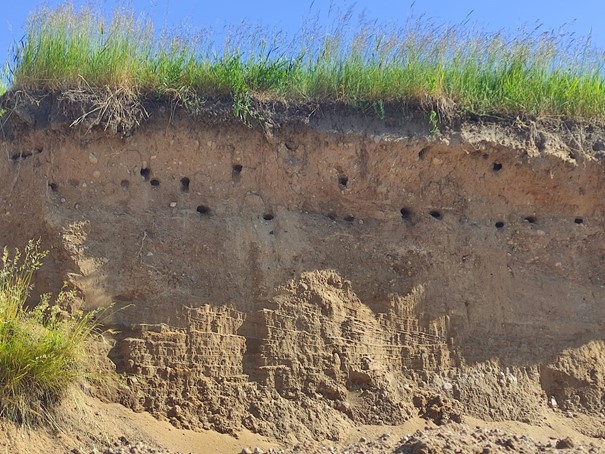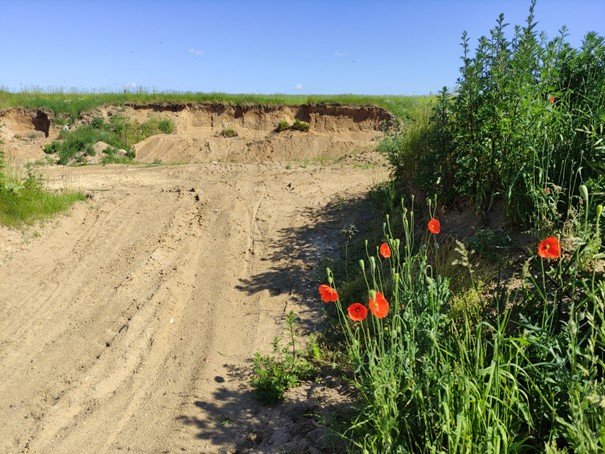Implementation of the “Green Deal” policy by the Group entails not only investments in renewable energy sources, but also the measures promoting biodiversity and educational activities to raise environmental awareness among the youngest generations.



The Group intends to actively implement activities aimed at minimizing the negative impacts generated during the project construction stage on the natural environment. Commitment to the natural environment is our common responsibility of the Group and all the subcontractors performing construction work. This is why the Group considers it very important, even before the construction project begins, to deliver environmental protection training to all subcontractors and clearly communicate its requirements that must be followed during the construction stage. In order to ensure the best possible protection of local species, construction works are carried out under strict environmental supervision. As a result, Polenergia is able to respond on an ongoing basis to seasonal changes in the natural environment.
It is important for the Group that the environment benefits from the projects it develops; this is why it has implemented numerous initiatives supporting biodiversity in the area. This is what happened when collared sand martins were spotted at the construction site of the Dębsk Wind Farm and in its vicinity.
the Polenergia Group has been building the Dębsk Wind Farm in the Żuromin and Kuczbork-Osada commune since August 2020. Ultimately, the Dębsk WF will consist of 55 wind turbines with the total installed capacity of 121 MW and the construction work on the Dębsk WF is slated for completion in mid-2022.
Collared sand martin is a species of small migratory bird in the swallow family (Hirundinidae). The average size of a collared sand martin is; body length of approx. 13 cm, wing span of about 28 cm, body weight of about 14 g. In Poland the species is under strict species protection.
The martins excavate tunnels that are 50-60 cm long, with oval entrance holes expanding into a small spherical nesting chamber at the end. Sand martins nest in vertical cliffs on high river banks, in gravel pits, clay pits or escarpments in the fields, which can serve the birds for many years. Sand martins usually nest in colonies, which may contain a dozen or several dozen pairs.
During one of the inspections conducted in the Spring of 2021, the environmentalists supervising the construction of the Dębsk Wind Farm noted the presence of this species in the vicinity of and at the construction site of the Dębsk Wind Farm. Accordingly, to provide the birds with comfortable nesting conditions, i.e. enabling them to make nests in a peaceful location, far away from the construction site, replacement habitats were created for them.
The location of the replacement habitats was selected by the environmentalists overseeing construction of the the Dębsk Wind Farm and consulted with the Żuromin Town and Commune Council.
The habitats were created in cooperation with our subcontractor, ONDE. The process was successful. In early June 2021 we could already observe that the sand martins began colonizing the habitats, which means that the escarpment had been made correctly. We observed over 30 occupied tunnels during our subsequent visits in July 2021.
Next to the colonized locations, ONDE (the general contractor of construction works) placed dedicated signs with information on the nesting swallows, to ensure that habitats are not destroyed or disturbed.
Creating replacement habitats is one of the measures taken by the Polenergia Group as part of the “Green Ribbon #ForThePlanet” initiative implemented by UNEP/GRID-Warsaw, which the Polenergia Group joined on 5 June 2021. As a reminder, this year’s main theme is “Restoration of Ecosystems”, which means helping to restore damaged ecosystems and protecting the existing ones.


